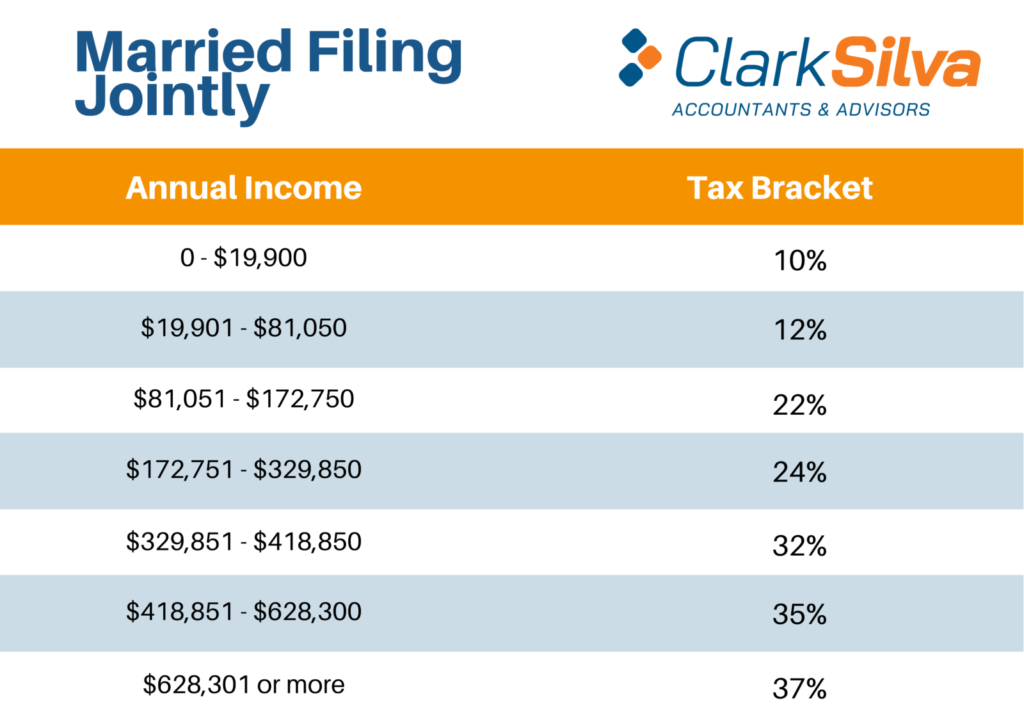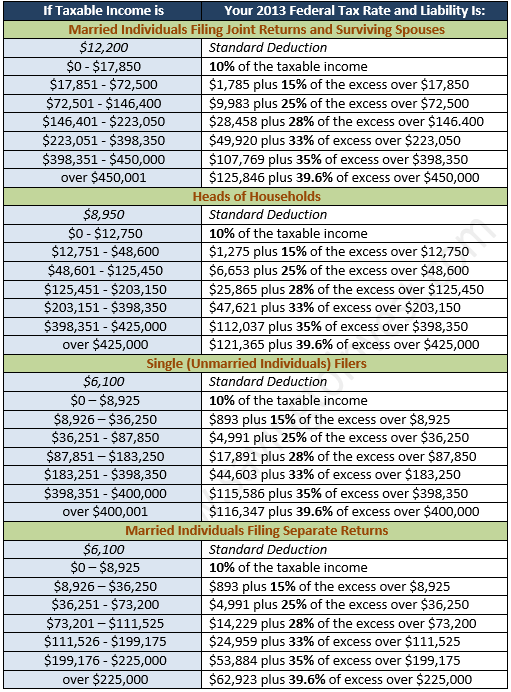
For family coverage, the out-of-pocket expense limit is $8,650 for tax year 2020, an increase of $100 from tax year 2019. For tax year 2020, participants with family coverage, the floor for the annual deductible is $4,750, up from $4,650 in 2019 however, the deductible cannot be more than $7,100, up $100 from the limit for tax year 2019. For self-only coverage, the maximum out-of-pocket expense amount is $4,750, up $100 from 2019.

For tax year 2020, participants who have self-only coverage in a Medical Savings Account, the plan must have an annual deductible that is not less than $2,350, the same as for tax year 2019 but not more than $3,550, an increase of $50 from tax year 2019.For the taxable years beginning in 2020, the dollar limitation for employee salary reductions for contributions to health flexible spending arrangements is $2,750, up $50 from the limit for 2019.For tax year 2020, the monthly limitation for the qualified transportation fringe benefit is $270, as is the monthly limitation for qualified parking, up from $265 for tax year 2019.The revenue procedure contains a table providing maximum credit amounts for other categories, income thresholds and phase-outs. The tax year 2020 maximum Earned Income Credit amount is $6,660 for qualifying taxpayers who have three or more qualifying children, up from a total of $6,557 for tax year 2019.The Alternative Minimum Tax exemption amount for tax year 2020 is $72,900 and begins to phase out at $518,400 ($113,400 for married couples filing jointly for whom the exemption begins to phase out at $1,036,800).The 2019 exemption amount was $71,700 and began to phase out at $510,300 ($111,700, for married couples filing jointly for whom the exemption began to phase out at $1,020,600).For 2020, as in 20, there is no limitation on itemized deductions, as that limitation was eliminated by the Tax Cuts and Jobs Act.The lowest rate is 10% for incomes of single individuals with incomes of $9,875 or less ($19,750 for married couples filing jointly). 12% for incomes over $9,875 ($19,750 for married couples filing jointly).22% for incomes over $40,125 ($80,250 for married couples filing jointly).24% for incomes over $85,525 ($171,050 for married couples filing jointly).32% for incomes over $163,300 ($326,600 for married couples filing jointly).35%, for incomes over $207,350 ($414,700 for married couples filing jointly).Marginal Rates: For tax year 2020, the top tax rate remains 37% for individual single taxpayers with incomes greater than $518,400 ($622,050 for married couples filing jointly).


#FEDERAL INCOME TAX BRACKETS 2020 CALCULATOR PDF#
Revenue Procedure 2019-44 PDF provides details about these annual adjustments. WASHINGTON - The Internal Revenue Service today announced the tax year 2020 annual inflation adjustments for more than 60 tax provisions, including the tax rate schedules and other tax changes.

The Setting Every Community Up for Retirement Enhancement Act, better known as the SECURE Act, was passed at the end of 2019 and increased the minimum penalty for failure to file from $330 to $435.


 0 kommentar(er)
0 kommentar(er)
